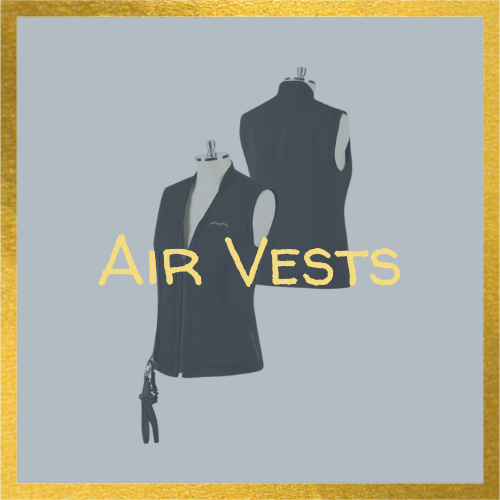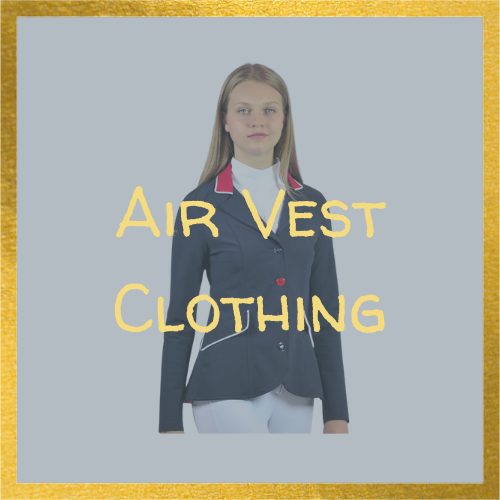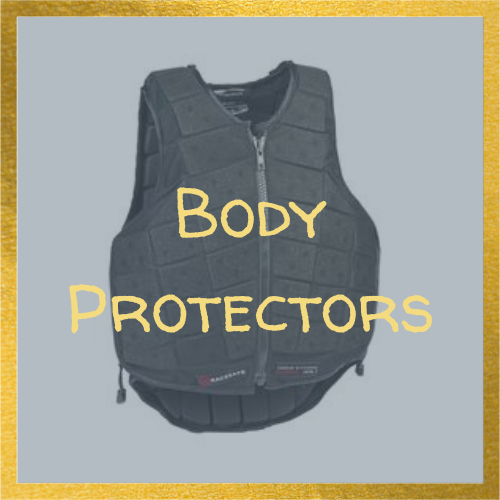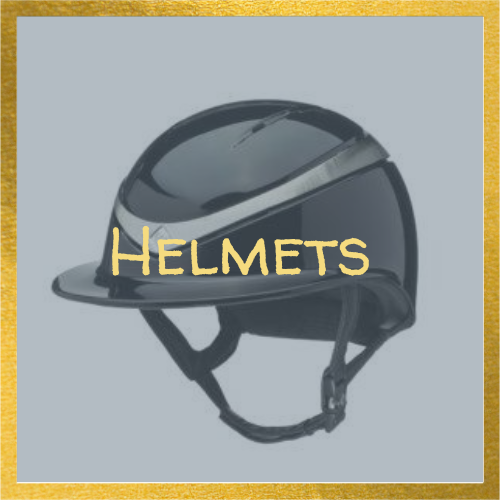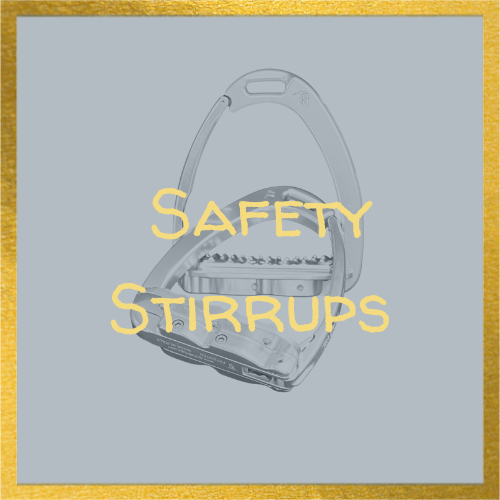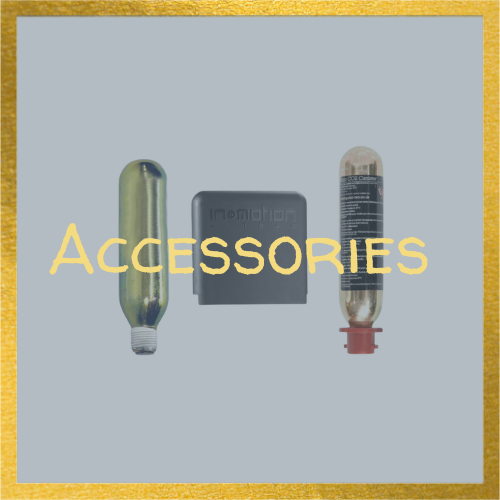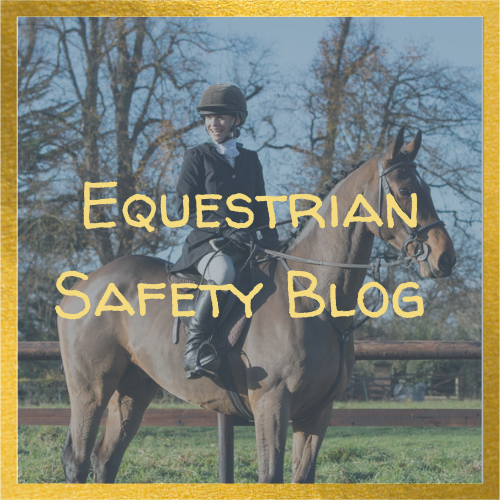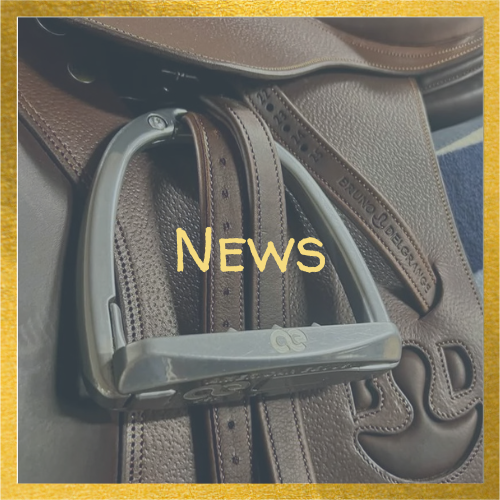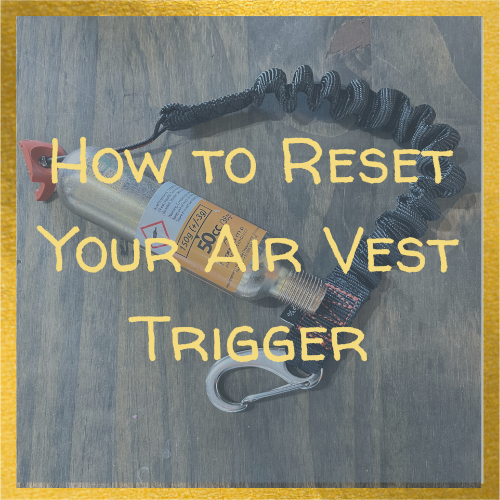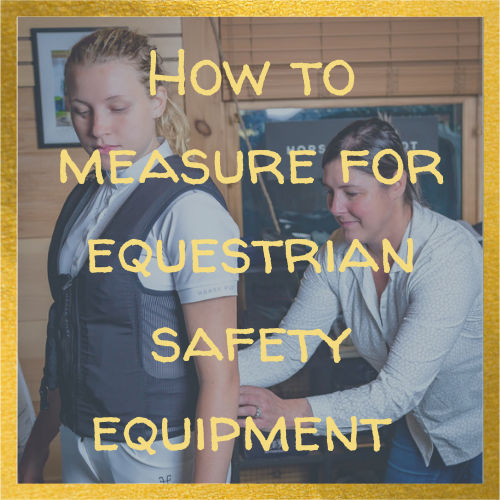Eventers have long been at the forefront of equestrian safety conversations and are usually the early adopters of new equipment and innovation.
Why? HAVE YOU SEEN THE FENCES THEY JUMP?

Recognizing the risk involved, specifically in the cross country phase of eventing, riders take as many precautions as possible when heading out on course. So what's required in terms of safety equipment and what's optional?
Helmets
At all levels of competition, riders must wear helmets which pass or surpass ASTM (American Society for Testing and Materials)/SEI (Safety Equipment Institute) standards for equestrian use.
Protective Vests
For US eventing, body protectors are mandatory during cross country warmup and on course. It is recommended that the vest pass or surpass current ASTM standard F1937 or be certified by SEI.
Inflatable vests are permitted only when worn over a body protecting vest.
Stirrups
There is no specification of stirrup type.
Why are body protectors mandatory?
This raises the question: Why are body protectors required and not air vests?
In fact, there has been discussion about making equestrian air vests mandatory, but those discussions haven't gained much momentum.
Body protectors are made of various types of foam that are design to help dissipate impact of a fall. “Body protectors have been shown by research to reduce penetrating injuries to the torso and reduce the frequency of rib fractures,” says Dr. Mark Hart, USEF's Team Physician and Chair of the FEI Medical Committee, adding that the effectiveness is seen mostly in cross-country riding and less so in stadium jumping or on the flat.
“Traditional body protectors are designed to protect the abdomen, internal organs, chest, and ribs,” says Danielle Santos of Charles Owen, adding that they also offer some protection from bruising, cuts, and abrasions. “What body protectors do not do is to offer direct spinal protection, protect from crushing the body, or protect against injuries involving severe torsion, flexion, or extension. Air vests were specifically designed with the thought to reduce ‘crush’ injuries to the chest when riders hit the ground hard or when a horse lands on top of them during a fall.”
Body protector foam type and design differs from brand to brand, so it's important to really examine the construction of the different vests to understand the purpose of the design. For example, some vests are made of multiple layers of foam, while others are made of a continuous sheet that have etched cells meant to make them more flexible and light weight.
There are two primary reasons why body protectors are mandatory and horse riding air vests are currently not.
- Body protectors are failsafe. There are no mechanical components to a body protector. You just put it on and go. Conversely, an air vest has a mechanical component in that there is a lanyard, a trigger, and a CO2 canister. In order for the air vest to deploy, sufficient force must be exerted on the lanyard to trigger the piston to pierce the gas canister.
- Higher incidence of rotational falls. One basic premise of air vest functionality is that you need to separate from your horse in order for the vest to deploy. Because eventers are jumping solid obstacles at speed, the propensity for falls to be rotational in nature is higher than in other phases and disciplines. In the event of a rotational fall, the rider may not separate from the horse, and the air vest thus does not deploy, rendering the air vest meaningless.
Especially at the higher levels of eventing, it is most common to see riders wearing both a body protector and an air vest to maximize protection, but due to US Eventing Association rules, you will never see a rider wearing an air vest alone while out on cross country.
Follow us on social!

